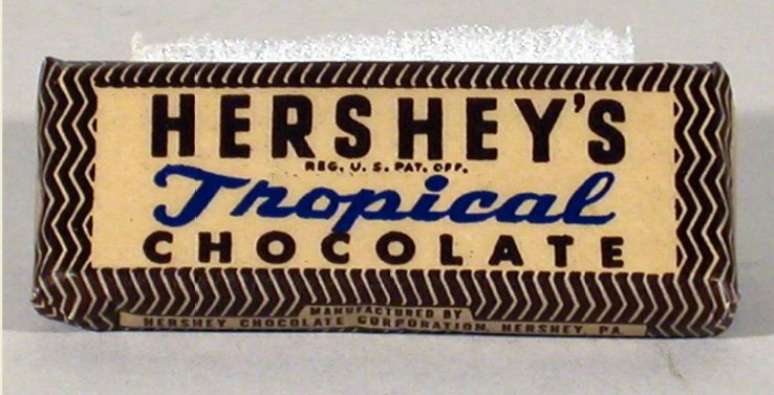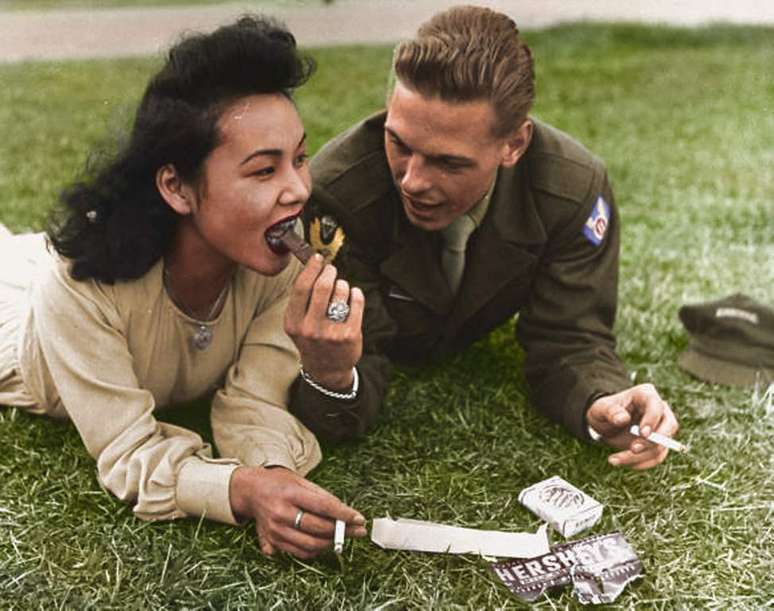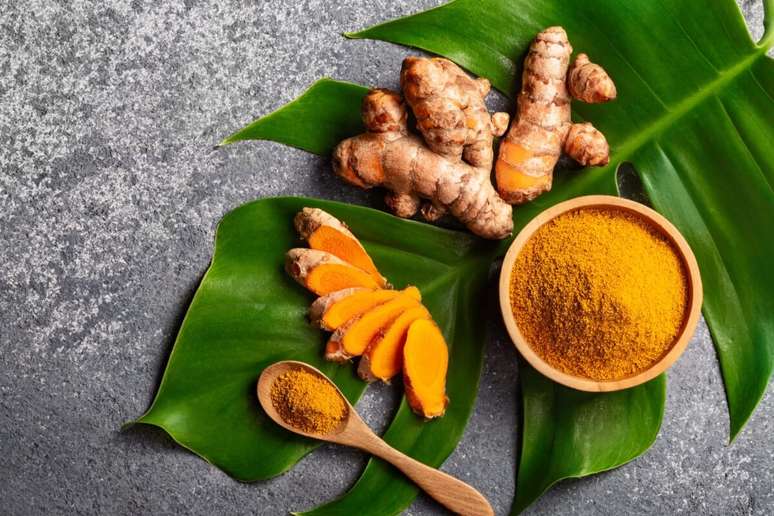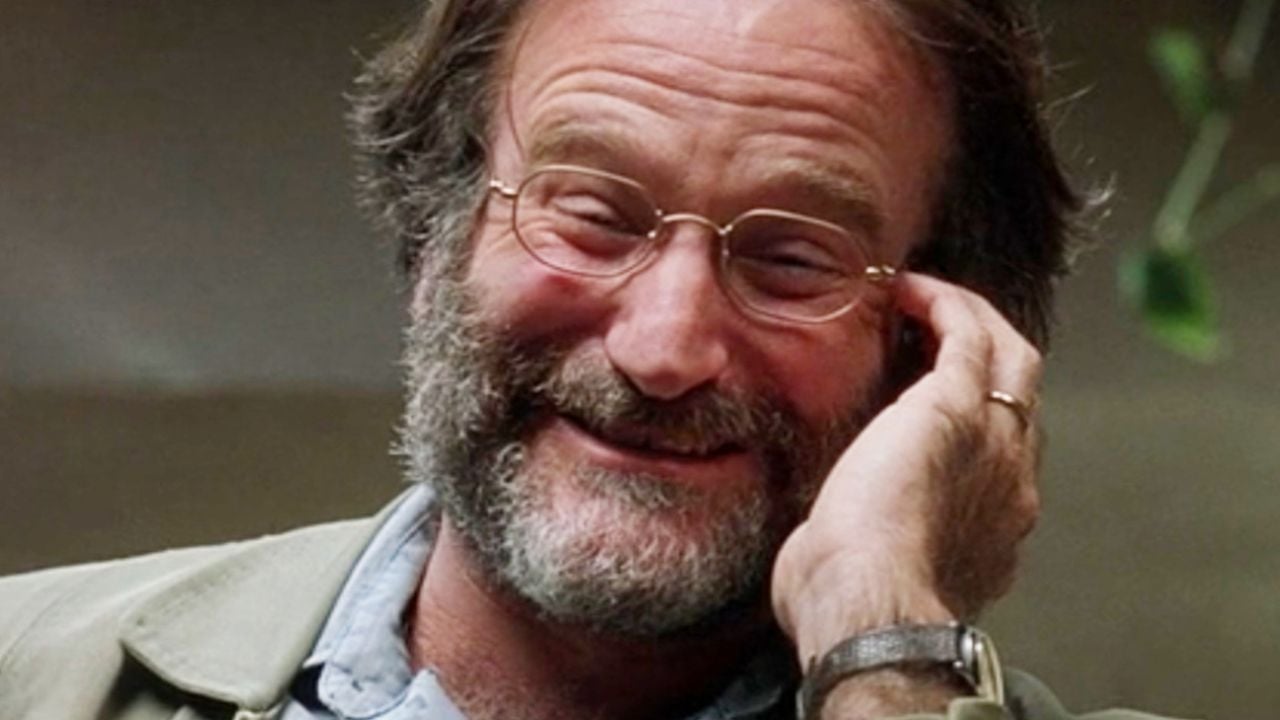In 1935, while the United States was still experiencing the Great Depression, the Army was working on a limited budget. Then, Captain Paul Logan, Quartermaster General of the US Army, had the brilliant idea of making a new dessert for his soldiers: a chocolate that wasn’t all that delicious.
Logan partnered with the Hershey’s company to create these revolutionary pet foods, but said the product should “taste a little better than a plain baked potato.” The goal is for there to be a full bar of the most essential nutrients, such as carbohydrates, proteins, fats and minerals, to replenish troops in an emergency – but not be so overwhelming that soldiers eat more than necessary.
Creating a new chocolate
According to the Smithsonian National Museum of American History, Paul Logan conducted up to 300 experiments to create the new chocolate recipe, repeatedly manipulating the ingredients to find the correct blend. In 1937, Captain and Hershey opted for a mixture of oatmeal, skim milk powder, cocoa butter and chocolate liquor. However, everything was prepared without much sugar, leaving a drier and more bitter taste.
In addition to the slightly unpleasant taste, Logan had other conditions for creating chocolate: it could weigh no more than 120 grams, so that it could be carried in soldiers’ pockets. It should also be a strong and efficient source of energy and remain solid at high temperatures so as not to melt and be wasted.
The person who took on the role was Hershey’s chief chemist, Sam Hinkle. He devised a creation that was equivalent to a rock in texture and feel, and which the soldiers would have to cut with a sharp knife before consuming, considering it was almost impossible to bite into. The “D Ration” consumption guide created by the company suggested munching on the bar for more than half an hour or letting it dissolve in water as a drink.
Each bar provided as many as 600 calories to the soldiers, who were told to eat them only as a last resort, to avoid starving in extraordinary circumstances. Hinkle also modified the recipe to incorporate vitamin B1 into the formula, which would be useful in tropical climates where troops might be susceptible to vitamin deficiencies and associated illnesses.
Participation in the war

Surprisingly, given the number of ration bars Hershey’s produced, these wartime chocolates had to be shaped by hand as they were too dense and rich for the machines of the time to have any accuracy. Pleased with Hinkle’s samples, Hershey’s produced 90,000 bars between April and June 1937.
The result was so satisfactory that the food was tested in various environments, from Antarctica to the Philippines. As time went on, however, military commanders decided they wanted a more appetizing option for their soldiers, but not as enticing. This need led to the creation of the Hershey’s tropical chocolate bar, available in 30 and 60 gram blocks, in 1943.
Although production of the D ration ended shortly after the end of the war, the tropical bar remained a staple in subsequent wars. Chocolate fed astronauts on the Apollo 15 mission and was distributed to soldiers until 1991. Even today, examples of this food can be seen by visitors to the National Museum of American History.
Source: Terra
Ben Stock is a lifestyle journalist and author at Gossipify. He writes about topics such as health, wellness, travel, food and home decor. He provides practical advice and inspiration to improve well-being, keeps readers up to date with latest lifestyle news and trends, known for his engaging writing style, in-depth analysis and unique perspectives.









